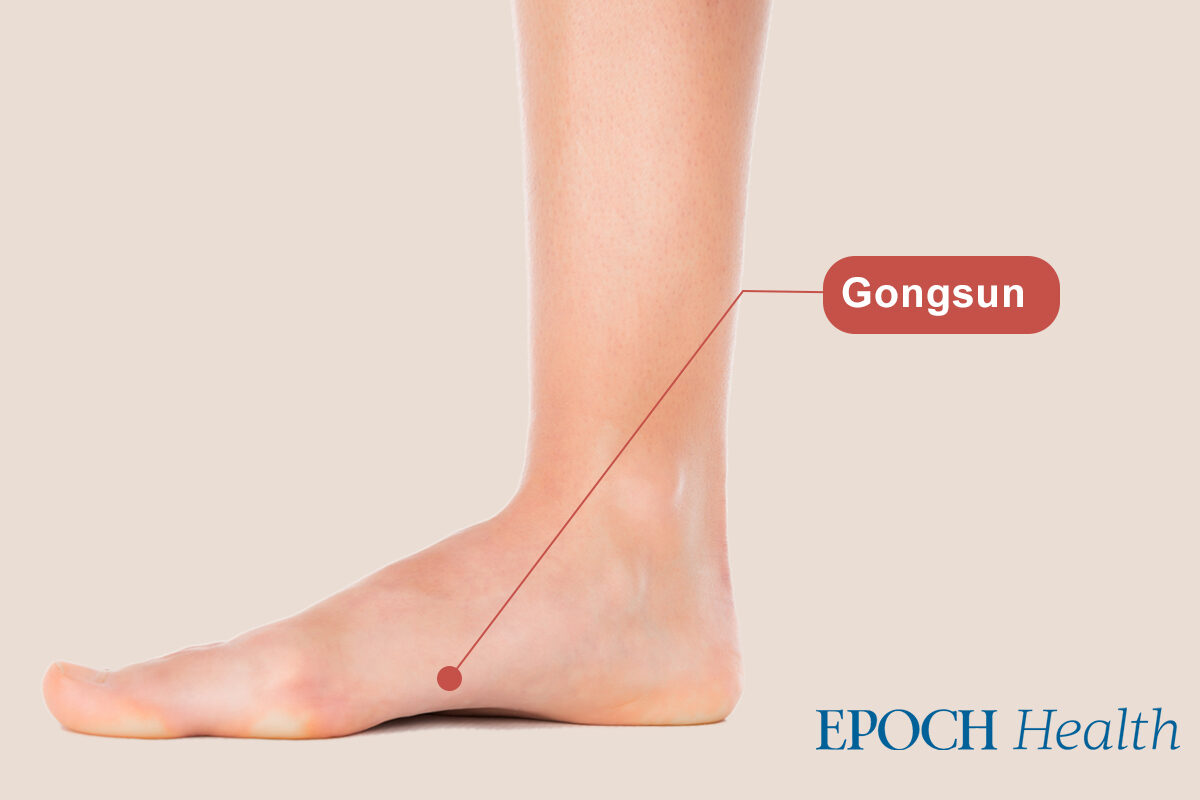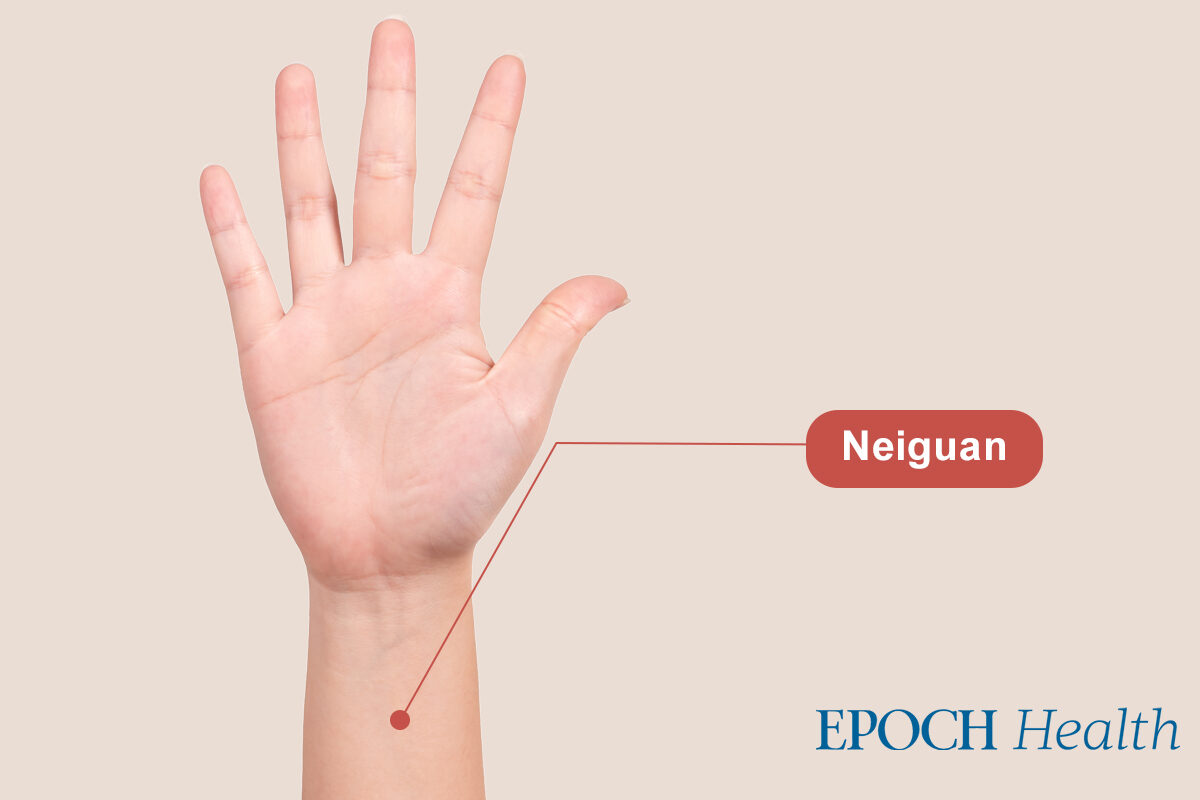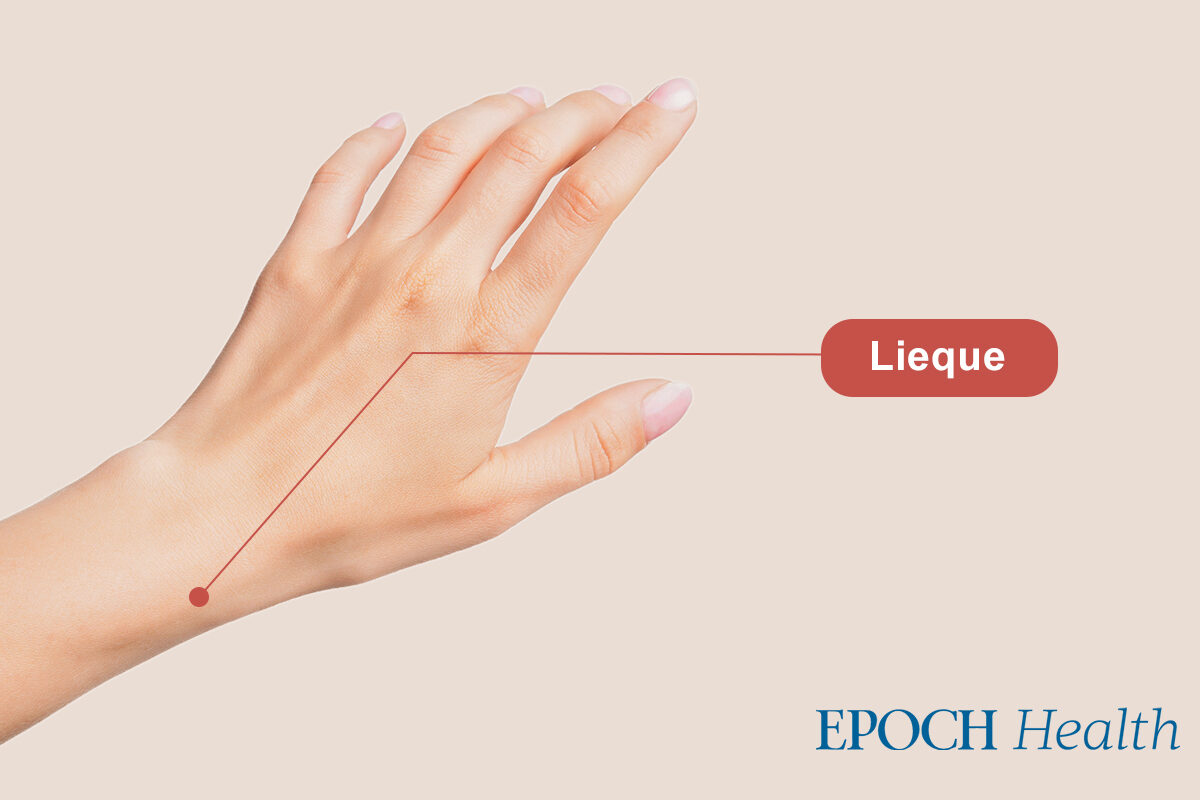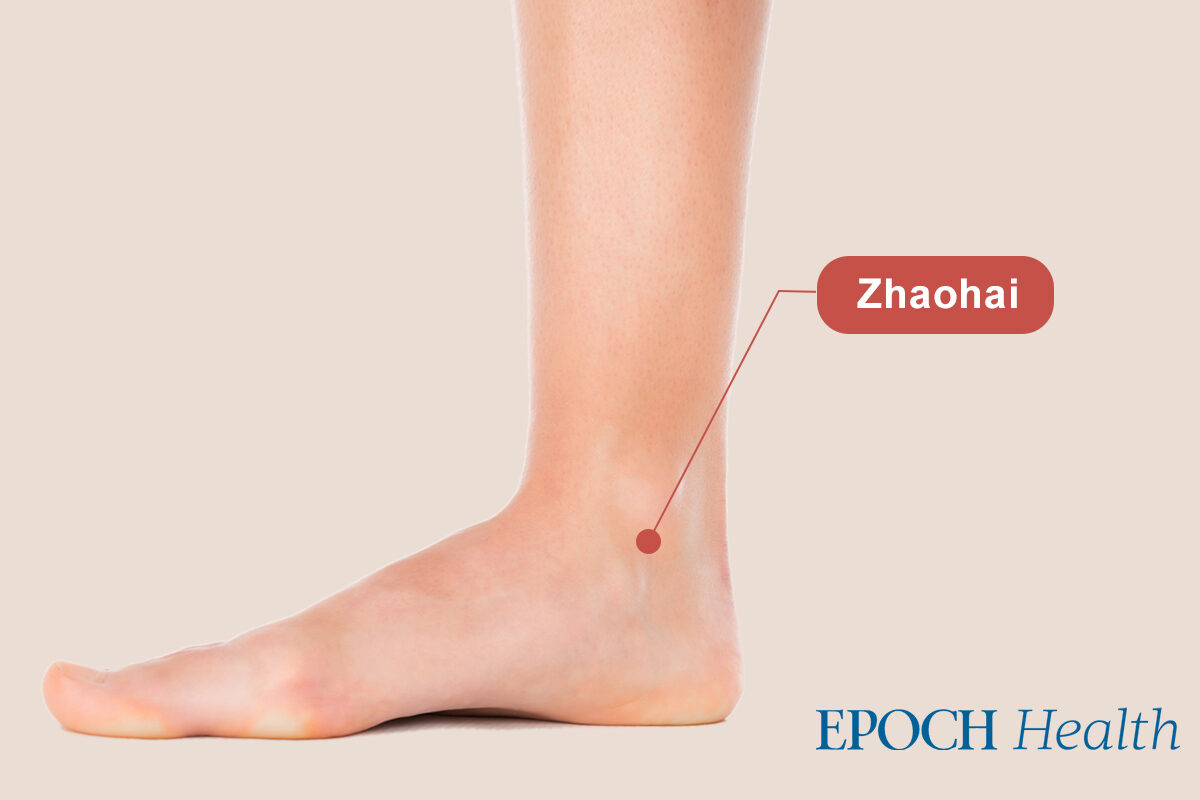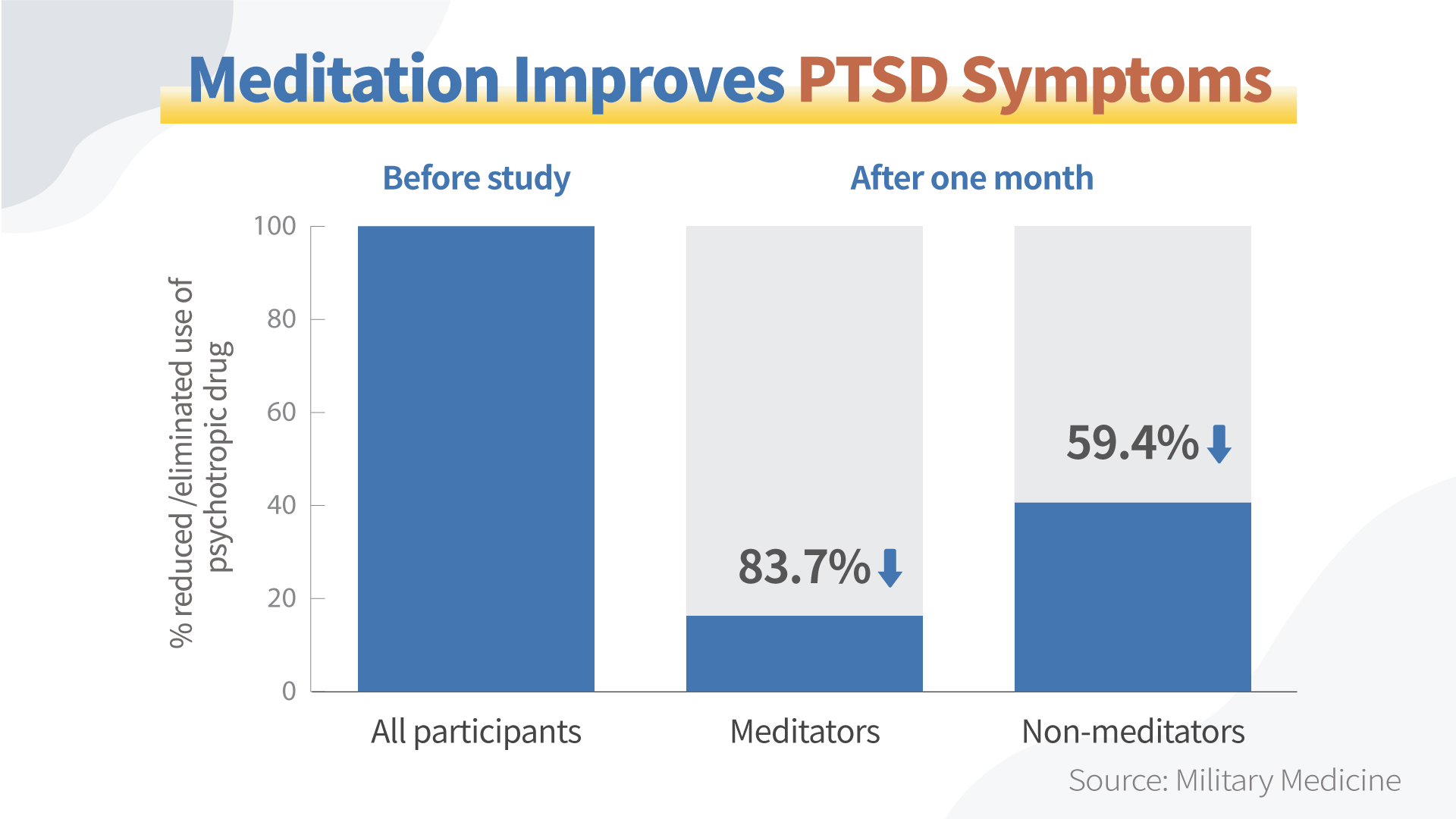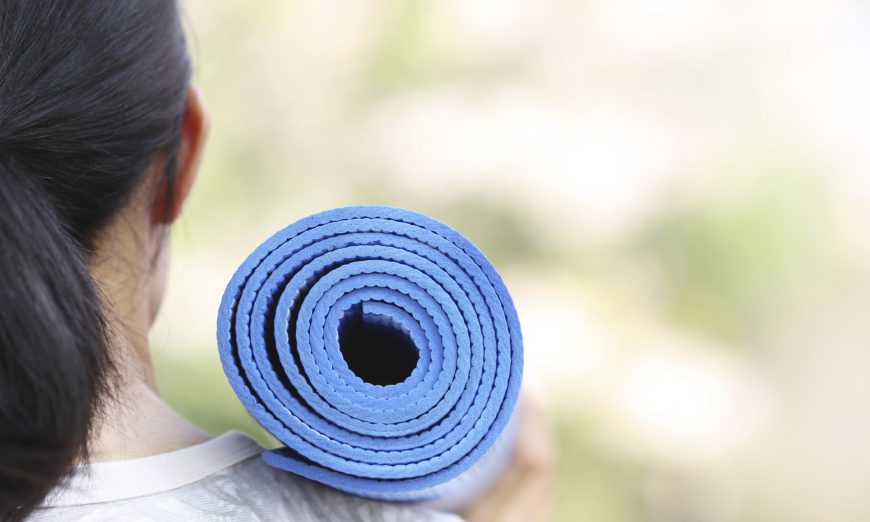A recent research review suggests that mindfulness combined with exercise may be best for improving mental wellness. Luis Herrera/Stocksy
- Mental health is a critical component of well-being, and research is ongoing about how people can best support their mental wellness.
- Data shows that practicing mindfulness and exercising regularly can benefit mental health.
- Results from a recent review suggest that combining mindfulness with exercise may be most effective for improving psychological well-being.
The body and the mind impact each other, which means maintaining both physical and mental health is essential for a person’s overall well-being.
Researchers are still investigating the nuanced relationship between physical and mental health and interventions to help people optimize both.
A systematic review recently published in Mental Health and Physical Activity analyzed the results of 35 studies to look at the combined effects of mindfulness and exercise.
The results suggest that when combined, mindfulness and exercise might offer the most benefits for mental health.
However, more research is needed to understand the full effects of mindful exercise and what level of intervention is most effective.
How do mindfulness and exercise improve mental health?
EvidenceTrusted Source supports the idea that exercising can help improve mental health.
Exercising may help prevent mental illness and help people manage certain mental health conditions. For example, exercise offers certain benefitsTrusted Source for people who have anxiety or depression.
Practicing mindfulness may also have particular benefits for mental well-being.
Mindfulness is a broad term, and these days, a buzzword, but the practice is rooted in traditions that date back thousands of years.
Renowned meditation expert Jon Kabat-Zinn, PhD, defines mindfulness as “The awareness that emerges by way of paying attention on purpose, in the present moment, and non-judgmentally to the unfolding of experience moment by moment.”
People can practice mindfulness using several methods, such as meditating or finding a specific time to focus on increasing their awareness.
EvidenceTrusted Source also supports the benefits of mindfulness for mental health. For example, mindfulness-based interventions may help with mental health conditions such as:
However, this does not mean practicing mindfulness will always be helpful for all individuals or populations. Some evidence even supports that mindfulness-based interventions could increase distress in some people, particularly those prone to anxiety.
How can mindfulness help with exercise?
Authors of the current review note that little research has focused on the combined intervention of exercise and mindfulness to improve mental well-being.
The authors used six databases to find clinical trials that met their inclusion criteria. They included studies written in English that were published in peer-reviewed journals and involved adult participants.
The study had to report longitudinal interventions for physical activity and mindfulness and have some component of mental well-being as an outcome.
Researchers excluded studies based on several components, such as when physical activity and mindfulness were not the primary interventions or when they could not determine if mindfulness teaching was part of the intervention.
The review ultimately included 35 trials in its analysis. There was great variation in the interventions and their intensity among the included trials. Some trials also included additional interventions.
Their analysis showed that combining physical activity with mindfulness training may improve psychological health.
They also found that in comparison to passive controls, combined physical activity and mindfulness training may help improve depression, anxiety, and stress.
However, the effect may be similar to physical activity intervention alone when considering active controls.
“Both physical activity and mindfulness practice have well established psychological benefits,” study author Masha Remskar, a behavioral scientist based at the University of Bath in the United Kingdom, explained to Medical News Today.
“However, by reviewing existing research studies, our study is one of the first to show how the positive effects can be increased when the two are combined. Its findings suggest that mindfulness can help to unlock the benefits of exercise by ‘training up’ the psychological strengths required to exercise regularly (e.g., helping to motivate people to start in the first place whilst overcoming minor pain, discomfort, or feelings of failure when exercising gets hard).”
Non-study author Ryan Glatt, senior brain health coach and director of the FitBrain Program at Pacific Neuroscience Institute in Santa Monica, CA, offered speculation as to the reasons why this combined intervention is particularly effective:
“There are likely various, and perhaps complex, mechanisms underlying the combined benefits of mindfulness and physical exercise. Many of the benefits between mindfulness and physical activity may overlap, such as potential improvements in biomarkers related to neuroinflammation, beneficial changes to regional brain activity, and improvements in mood states. It is also possible that there may be unique benefits from both mindfulness and physical activity, respectively.”
More research on the benefits of mindfulness and exercise needed
While promising, this review does have limitations. The sample sizes and nature of the studies indicate the need for more research in this area. Many of the studies analyzed included mostly female participants, which could mean the need for more balanced studies in the future.
All of the studies included in the review have at least some limitations, which is important to remember when researchers review such data.
Researchers also noted that it was difficult to determine what studies to include, meaning they could have excluded certain data that may have been helpful to include.
They also excluded studies that examined other mindfulness practices like yoga and tai chi when they couldn’t confirm that the intervention truly involved teaching mindfulness.
More research is needed to understand the underlying mechanisms of combining mindfulness with exercise and how these interventions can be most effective.
The group that conducted this review has received assistance from the Medito Foundation and will be assisting the Medito Foundation with developing components of a meditation app, which could introduce bias.
Remskar noted the following limitations to MNT:
“There is currently not enough evidence to determine which types and durations of exercise are most compatible with mindfulness, and how to best combine them for optimal effects (e.g., practicing them separately vs. together, delivered individually vs. in groups, offered digitally vs. in person). Our research group and others around the world are already conducting further research to get a better understanding of this promising combination.”
How to get started with mindfulness and exercise
The review points to the promising benefits of combining mindfulness and exercise.
People seeking to incorporate new exercise or mindfulness practices can do so in safe ways, consulting with professionals when appropriate.
Non-study author Dr. Alex Dimitriu, double board certified in Psychiatry and Sleep Medicine and founder of Menlo Park Psychiatry & Sleep Medicine, noted to MNT:
“Both exercise and mindfulness separately have been shown to improve mental well-being, so it is no surprise that the combination of the two is effective. I often tell my patients, especially those with depression, to remember and care for their basic ‘animal needs,’ among these are always sleep, diet, exercise, meditation/mindfulness, time in nature, and time with friends and family.”
Dr. Dimitriu said that combining any of the aforementioned positive behaviors could improve mental health outcomes even more.
“For exercise, a personal trainer or coach may help, and for mindfulness, speaking to a therapist, attending a meditation workshop, or using an app may offer additional guidance and, in turn, benefit,” Dr. Dimitriu concluded.


 By Dennis Thompson HealthDay Reporter
By Dennis Thompson HealthDay Reporter

